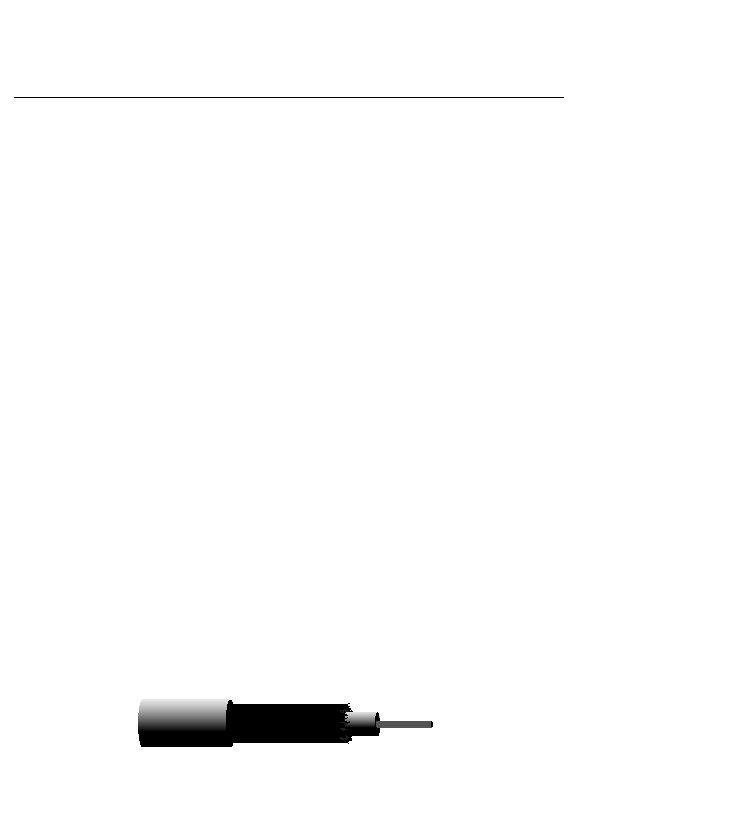
as strong as its weakest cable. Cables have different limitations, depending on the topology. The
CCDP should ensure that Layer 1, the physical layer, is not the weakest link of the network.
transmission speed, and security requirements.
network cabling. Coaxial cable is composed of a core made of solid copper surrounded by
insulation, a braided metal shielding, and an outer cover. A dual-shielded cable consists of one
layer of foil insulation and one layer of braided metal shielding. Quad shielding, which consists
of two layers of foil insulation and two layers of braided metal shielding, is also available.
Shielding is the stranded mesh that surrounds the cable. Shielding protects transmitted data
from being distorted by stray electronic signals. The core of a coaxial cable, which can be
solid or stranded, carries the data. The core is surrounded by a dielectric insulating layer
that separates it from the wire mesh. The braided wire drowns outs noise and other
undesirable signals.
Figure 3-5 depicts coaxial cable.